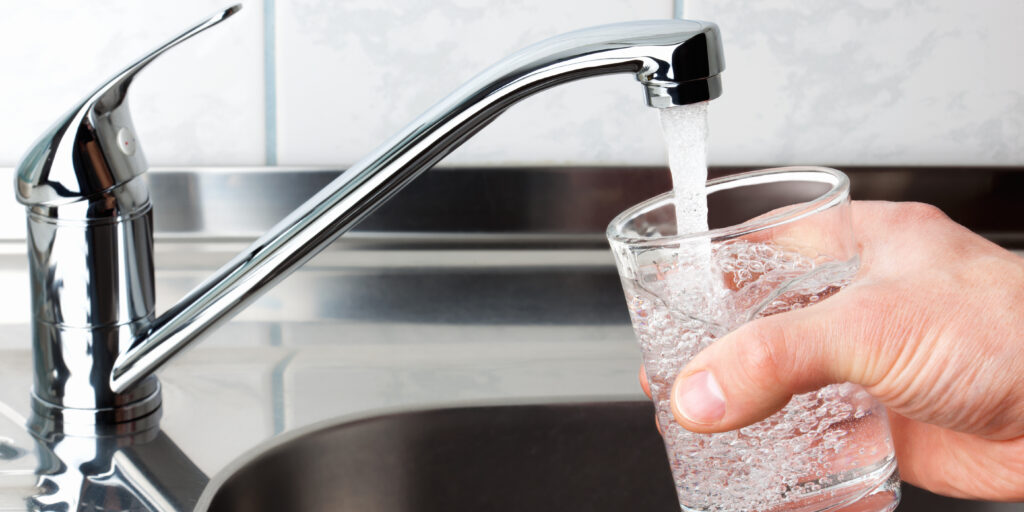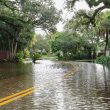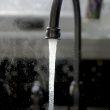Compliance clock is ticking: Community water systems have one year to complete a Service Line Inventory
In about 12 months, the Environmental Protection Agency (EPA) will expect all public water systems to have completed a Service Line Inventory, which is a complete accounting of the material of every service connection in the public network that delivers drinking water. The main purpose of the regulation (Lead and Copper Rule Revisions, or LCRR) behind the deadline of October 16, 2024, is to reduce lead exposure from drinking water.
While the EPA has announced that material modifications to the LCRR are forthcoming and expected before the October 2024 compliance deadline, the Service Line Inventory requirement is one element of the LCRR that the EPA has said will not change. Therefore, public water systems that haven’t yet started building their inventory should do so immediately.
What’s included in a Service Line Inventory, and how is it compiled?
In a Service Line Inventory, water systems must include information for both the utility-owned and customer-owned portions of the service line, track addresses of all service lines and make the inventory publicly available. Inventory completion will require data collection from a variety of sources including GIS and billing data, sometimes even historical paper tap cards.
Systems should also review their state-specific inventory requirements, as they can differ from federal EPA requirements.
All service connections will fall into one of the following four categories:
• Lead: Also referred to as a lead service line (LSL), this is a pipe or portion of a pipe made of lead, which connects the water main to the building inlet. If the only lead piping serving the home is a lead gooseneck, pigtail or connector, and it is not a galvanized service line that is considered a lead service line, the service line is not a lead service line.
• Galvanized requiring replacement (GRR): Galvanized service line that is or was at any time downstream of a lead service line or is currently downstream of a “lead status unknown” service line. A galvanized service line that was never downstream of a lead service line but is downstream or previously downstream of a lead gooseneck, pigtail or connector is not considered GRR.
• Non-lead: Service line that is determined through an evidence-based record, method or technique to not be lead or GRR.
• Lead status unknown: Service line made of material not known to be lead, GRR or non-lead, such as where there is no documented evidence supporting material classification. Compliant inventory submissions can contain “lead status unknown” service lines, but systems are encouraged to reduce their “unknowns” to avoid follow-up requirements (see following paragraphs).
By October 16, 2024, water systems must make the inventory publicly accessible, including a location identifier for each LSL and GRR line (not required for lead status unknown lines). Systems that serve more than 50,000 people must provide their inventory online; smaller systems can mail the inventory to customers, upload it to a website or social media, post it in publicly accessible areas, include it in a newsletter or employ another option that fulfills the public accessibility intent. All water systems with LSL, GRR or lead status unknown connections must include information on accessing the Service Line Inventory in their Consumer Confidence Report (CCR). Systems with no LSL, GRR or lead status unknown connections can instead issue a public statement that they have no such lines, with the description of methods used to make that determination. All water systems with one or more lead, GRR or lead status unknown service lines in their distribution system must submit a lead service line replacement plan to the state.
Within 30 days after completing the initial inventory and annually until only non-lead remains, all water systems must notify and provide education materials to households with lead, GRR or lead status unknown service lines.
What are the penalties for failing to comply by the October 2024 deadline?
Failure to submit a Service Line Inventory will result in a violation of the National Primary Drinking Water Regulations. Potential enforcement actions and penalties include public notification, increased oversight and fines, and ultimately could result in an administrative order from the EPA. While these are real consequences, they may be relatively minor compared to recent examples (such as Flint, Mich.; and Jackson, Miss.) of public outcry and legal action from communities that discover a lack of transparency from their water systems about information related to lead in drinking water.
Service Line Inventories are time-consuming and resource-intensive
As many water systems are already learning (especially those with small staffs) completing a Service Line Inventory is a big deal. Tracking down the material of every service connection is an administrative chore and not typically included in the job description of anyone currently working for a water utility. Furthermore, the subsequent work required to hunt down the material of lead status unknown lines may require predictive modeling, asking customers to inspect their lines, investigations with a camera, conducting water testing and even excavation—with considerable strain on time and budgets for utilities.
One way for small utilities to work more efficiently toward compliance is to partner with a consulting firm that specializes in LCRR compliance. Due to their specialized knowledge and experience, such firms can help utilities meet goals at a fraction of the time and cost that the utility would need to manage it themselves.
“Once-in-a-generation” funding is available to community water systems
Through this new EPA regulation, the U.S. government is putting pressure on public water systems to find and replace lead pipes—and allocating money to help pay for it. The Bipartisan Infrastructure Law (BIL) has brought a “once-in-a-generation” investment from the federal government to the water and wastewater sector, with billions of dollars available for capital projects. Over the next five years, the drinking water sector will receive $15 billion for Service Line Inventory and lead line replacement through the BIL Drinking Water State Revolving Fund (DWSRF) Lead Service Line Replacement (LSLR) appropriation. For small and disadvantaged communities, significant amounts of this funding will be offered as grants. Funding allotments for 2023 for each state can be found in the Allocations Memo (Attachment A on page 6), future amounts may be different. Some states are implementing expedited programs to get inventory-related funding to water systems as quickly as possible.
To talk to someone about how to take advantage of your state DWSRF program, consult this state directory of websites and main contacts.
Jonathan Cuppett is director of water quality compliance for 120Water, a company that simplifies drinking water and wastewater program management and compliance for government agencies, public water systems and facilities. With a focus on LCRR compliance management and LSL inventories, 120Water helps small cities and towns accelerate completion of their Service Line Inventory.




















